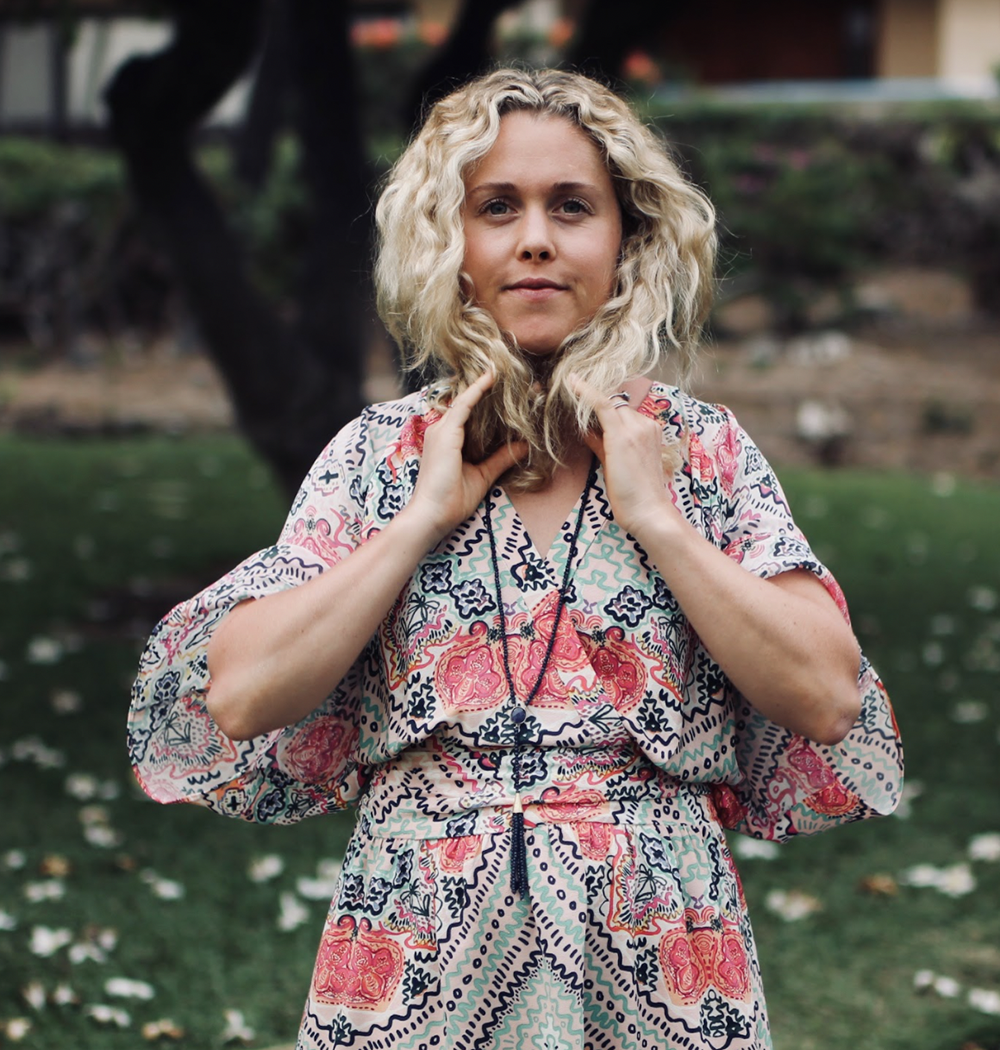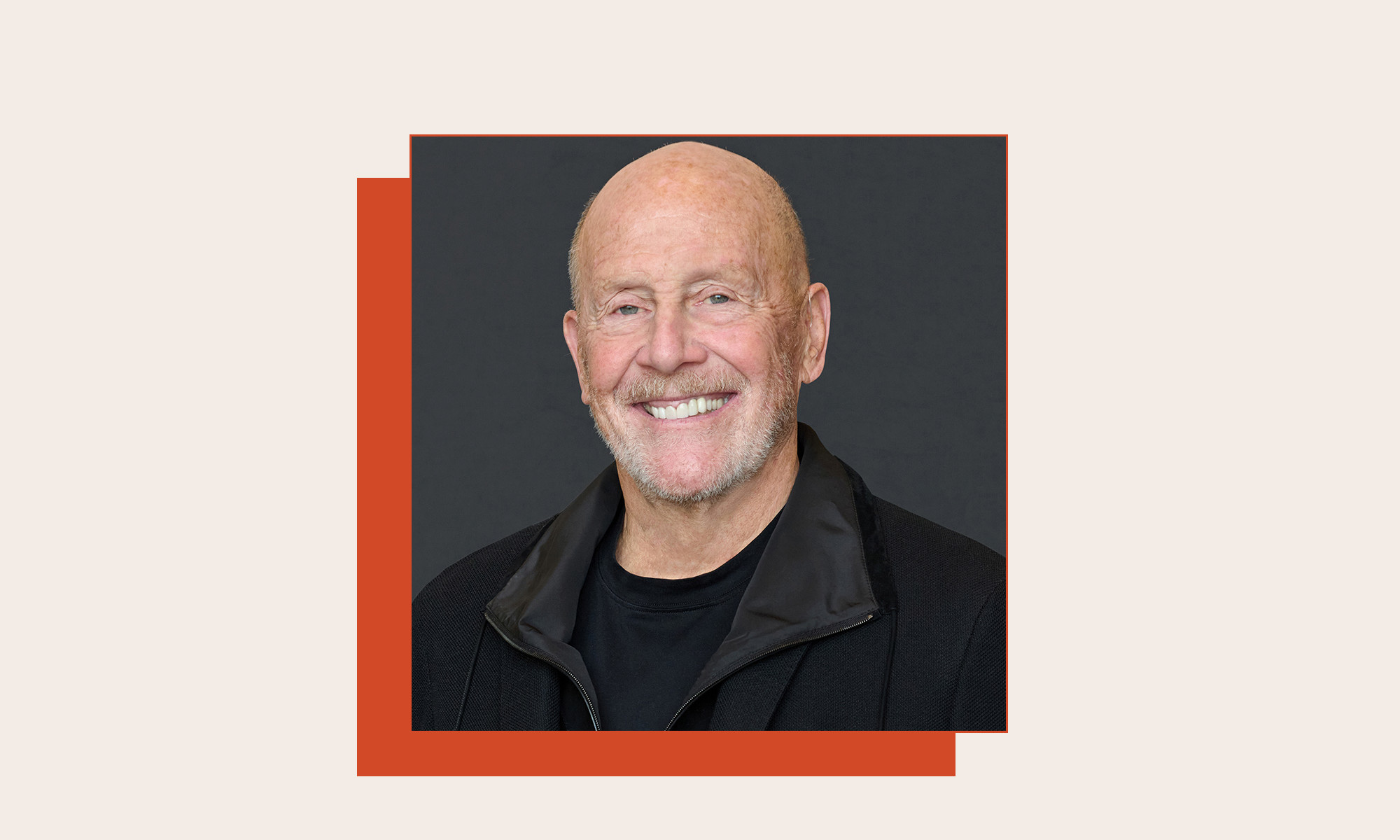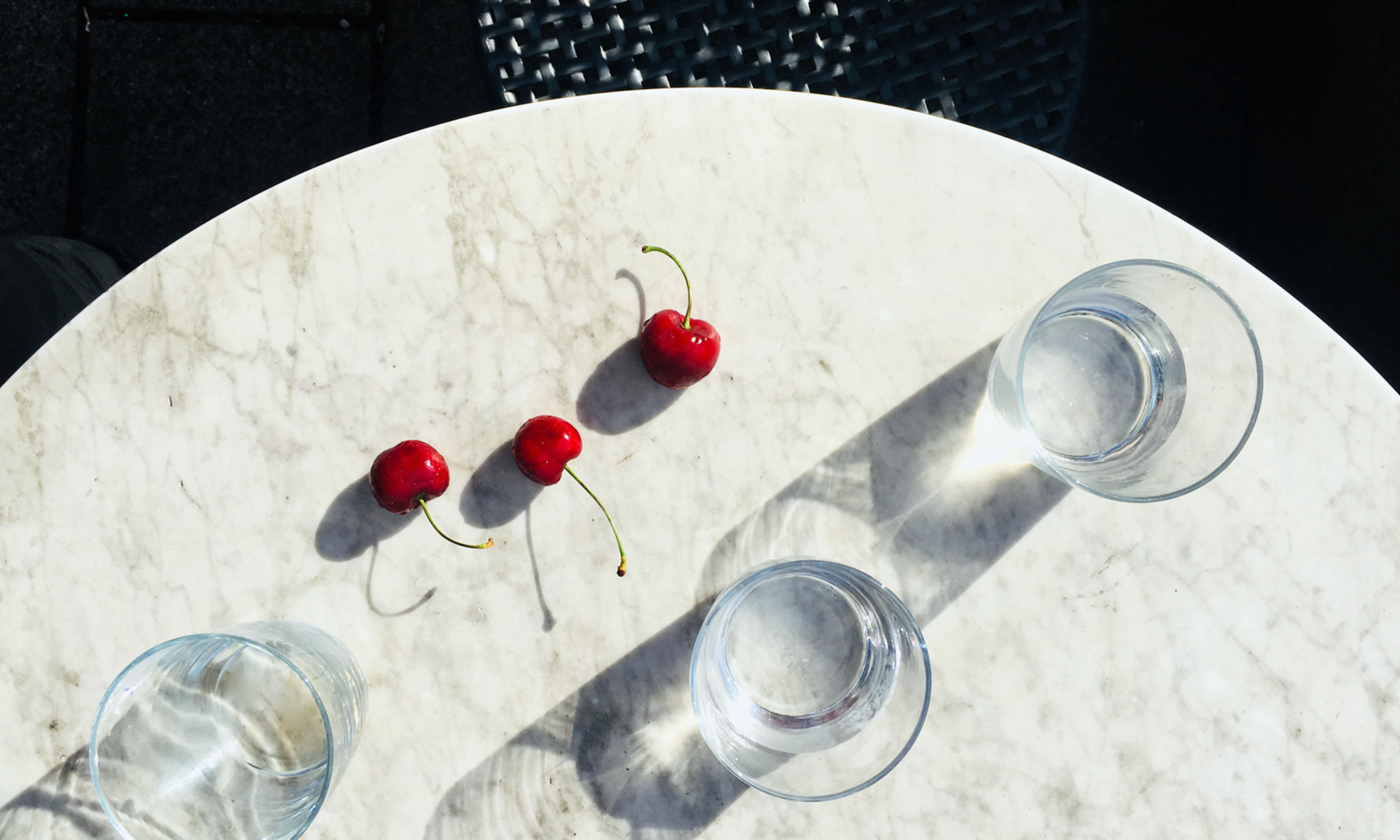How to Grow a Garden That Feeds Your Body, Mind, and Soul
Plant with purpose, tend with intention. The post How to Grow a Garden That Feeds Your Body, Mind, and Soul appeared first on Camille Styles.

If you’ve ever stood in your backyard and thought, “This could be my little sanctuary, if I just knew where to begin,” you’re not alone. Many of us crave spaces that feed us—literally and figuratively. But growing food can be an intimidating endeavor. Enter holistic gardening: a mindset rooted in both wellness and sustenance, in connection and nourishment. It’s about letting your outdoor space become a haven—for food, for healing, and for gathering. And good news! Whether you have a sprawling yard or a small balcony, holistic gardening can meet you exactly where you are. With a few intentional choices, your corner of the earth can transform into something bountiful.
To dig deeper, we spoke with Camilla Marcus: chef, founder of west~bourne, and author of My Regenerative Kitchen. Her sustainable lifestyle, from what she cooks to the way she gardens, embodies a more thoughtful way of living. It’s beyond inspiring. To ignite your journey, we’re sharing her beginner-friendly tips and grounded wisdom to cultivate an oasis of your own.
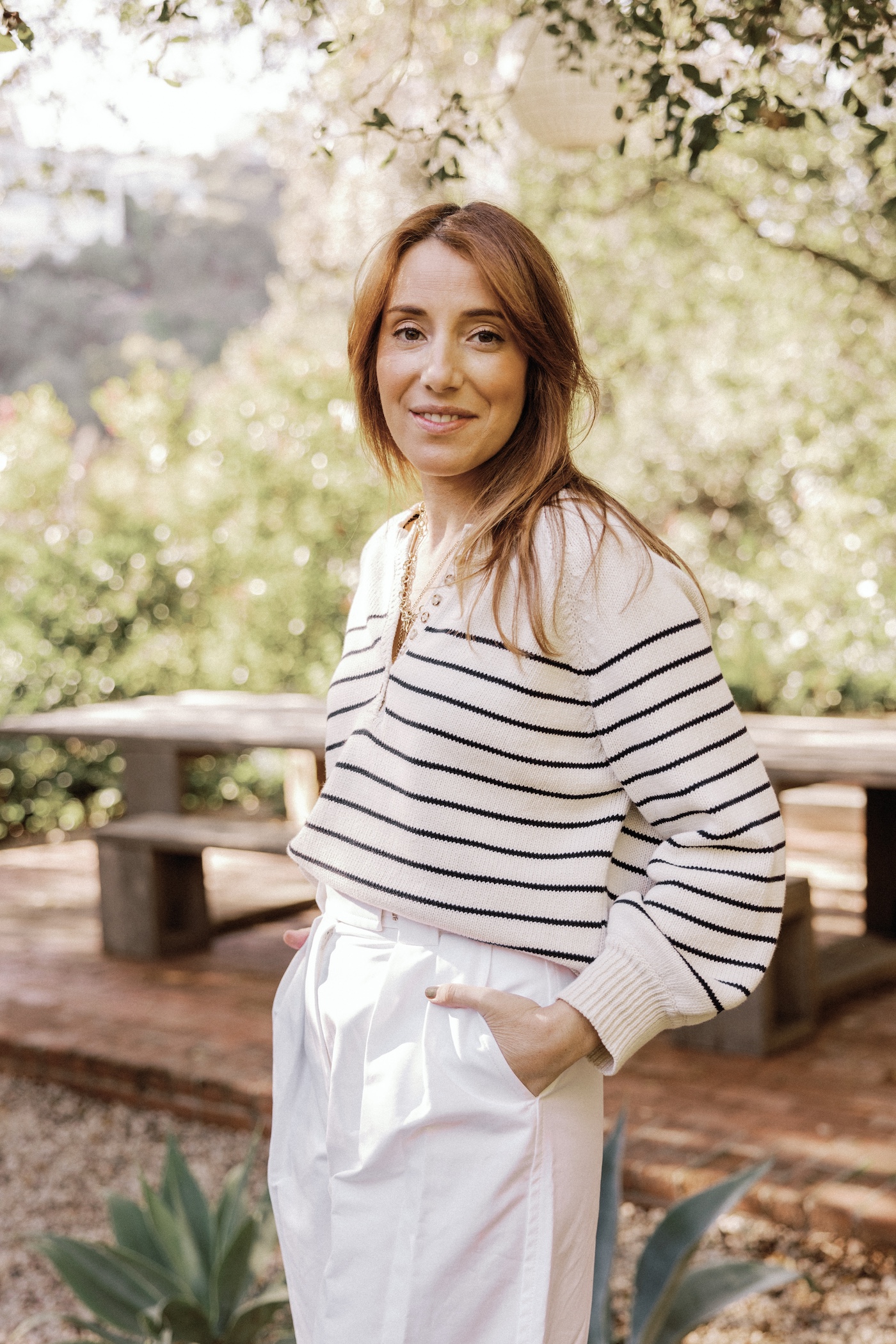
Chef, CEO, and co-founder of west~bourne, Camilla works to solve the climate crisis through crafting packaged products that source regeneratively and are made with the latest sustainable methods, material and technology. These efforts help her team forage a new operating system for the future of food.
Grow What You Love to Eat
One of the easiest ways to begin is to start with what you already enjoy eating. “I always recommend starting with herbs,” Camilla says. “Mint, cilantro, parsley, basil—they can thrive in small spaces and sprout quickly. They add dimension to any meal and make your space smell amazing.”
She also encourages trying nutrient-dense microgreens, to sprout peas on trellises, and strawberries. The latter, she says, are perfect for beginners. “They thrive in hanging baskets, and when you grow them yourself, you avoid all the pesticides often found in store-bought varieties.” To weave edible plants into your flower beds, Camilla suggests embracing biodiversity. “Vegetables, herbs, and flowers are all critical to a thriving garden. They attract pollinators and nourish the soil. In our urban farm oasis, we plant everything together. That balance is why our garden flourishes year-round.”
A Garden That Supports Wellness
Beyond the practical (like snipping fresh herbs for dinner), holistic gardening invites a deeper kind of nourishment. It’s a way to slow down, unplug, and reconnect with something more grounding. “In a world that moves so fast and revolves around so much technology, gardening helps us plug out,” Camilla shares. “Nature is our teacher—it reflects who we are. Syncing with its rhythm is essential for inner wellness.”
Certain plants can support that calming vibe: lavender, chamomile, and rosemary are all known for their mood-soothing properties. Surrounding yourself with herbs and flowers that promote relaxation can help turn your garden into a personal sanctuary.
And the simple act of touching soil? It can boost mood and immunity, thanks to beneficial microbes that act like natural antidepressants. Camilla also suggests planting flowers that attract butterflies and hummingbirds. “They bring a sense of joy and movement—your garden starts to feel like its own lively ecosystem.” Add in a gentle water feature or hang wind chimes for soft, ambient sound.
Creating a Sensory Experience
Sight: Bright blooms, trailing vines, and dancing butterflies. Smell: Fragrant herbs and flowers that perfume the air. Sound: The rustle of grasses, trickle of a fountain, or soft clang of wind chimes. Touch: Textured leaves, rough bark, cool soil between your fingers.“I love having different seating throughout the garden,” Camilla shares. “Next to our chicken coop, overlooking the beds, by the fire—each spot gives a unique perspective. I choose a different seat every day.” It’s a simple practice that invites connection, both inward and outward.
Beyond the practical (like snipping fresh herbs for dinner), holistic gardening invites a deeper kind of nourishment. It’s a way to slow down, unplug, and reconnect with something more grounding.
Nourishing the Earth While Nourishing Yourself
At its core, holistic gardening is regenerative—it’s about feeding the soil so it can feed you. That means moving away from pesticides and synthetic fertilizers and embracing more earth-friendly methods. Camilla emphasizes the importance of composting, even in small ways. “Trash in landfills is one of the largest drivers of greenhouse gas emissions,” she notes. “When compost is collected and used, it’s actually carbon negative—it feeds our soil and our future.”
Companion planting is another way to support soil health and boost your garden’s success without chemicals. Plus, it creates natural biodiversity, which attracts pollinators and helps your plants thrive. Above all, Camilla encourages beginners to just start. “Grow something, anything,” she says. “Whether it’s herbs on a windowsill or an urban farm, every bit of green matters.”
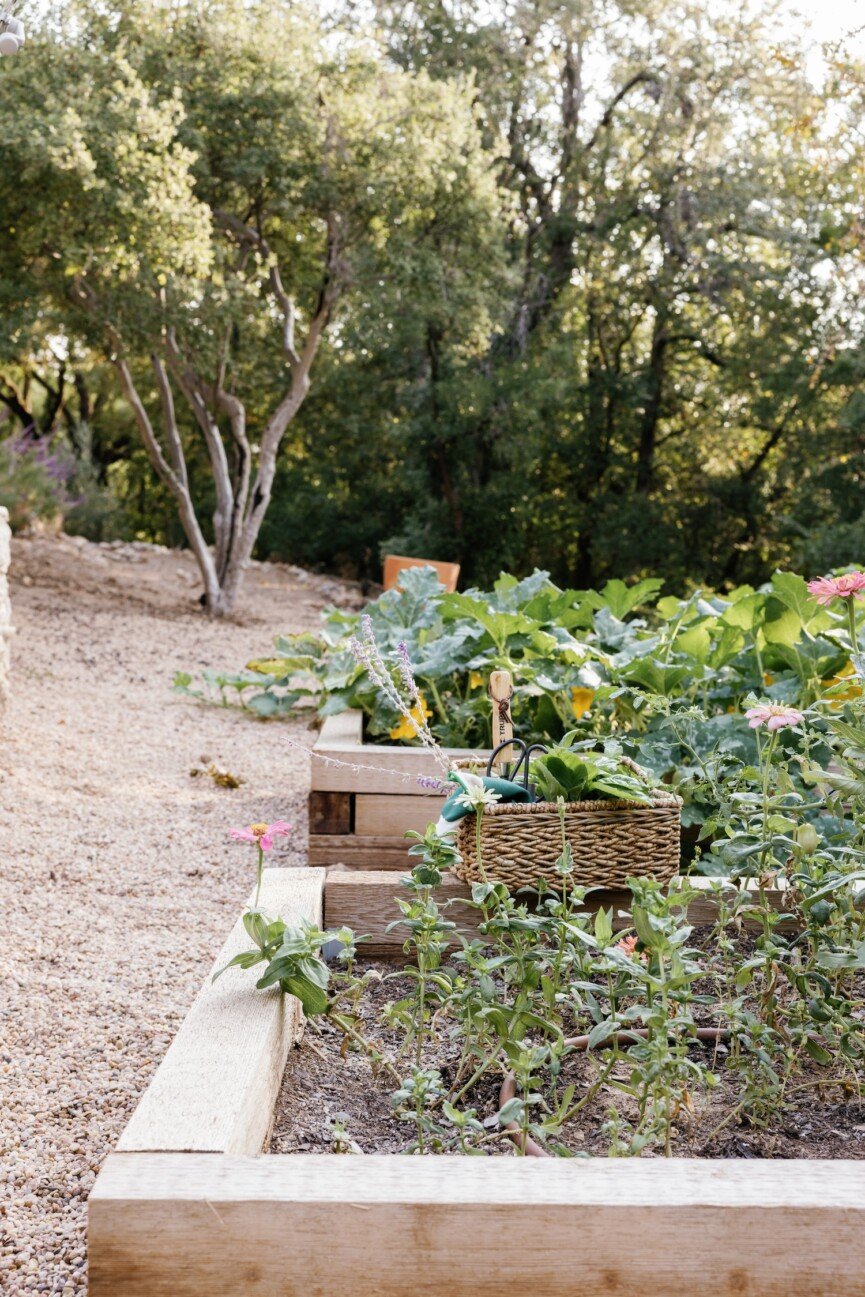
A Space to Gather and Slow Down
Gardens are more than the sum of their plants. They can also become sacred spaces to pause, reflect, and connect—with yourself and others. Camilla suggests carving out an intentional garden nook—somewhere to sip coffee, journal, or just soak in the sunshine. For shared moments, consider a simple outdoor dining setup. Think picnic table, string lights, and a platter of homegrown veggies. “There’s something so special about sharing food you’ve grown with the people you love,” Camilla says. “It brings everyone back to the roots—literally.”
Camilla’s Favorite Zero-Waste Ingredients & Recipes
As the founder of west~bourne and author of My Regenerative Kitchen, Camilla brings her garden philosophy into the kitchen. One ingredient she swears by? “Tokyo turnips. Most people discard the greens, but they’re the best part—like kale chips, but better.”
If you’re new to regenerative cooking, she recommends her scrapped cantaloupe cucumber soup. “It was born from leftover bits while I was developing the cookbook. It honors the whole plant and reminds us that beauty can emerge from what others might discard.”
More Than a Garden—A Way of Living
When we embrace holistic gardening, we reconnect with our food, our surroundings, and ourselves. It’s not about the size of your plot or how perfect it looks—it’s about intention. Plant what you love. Sit in silence. Compost your scraps. Invite friends to the table. And above all, let your garden nourish you—mind, body, and soul.

 Kass
Kass 